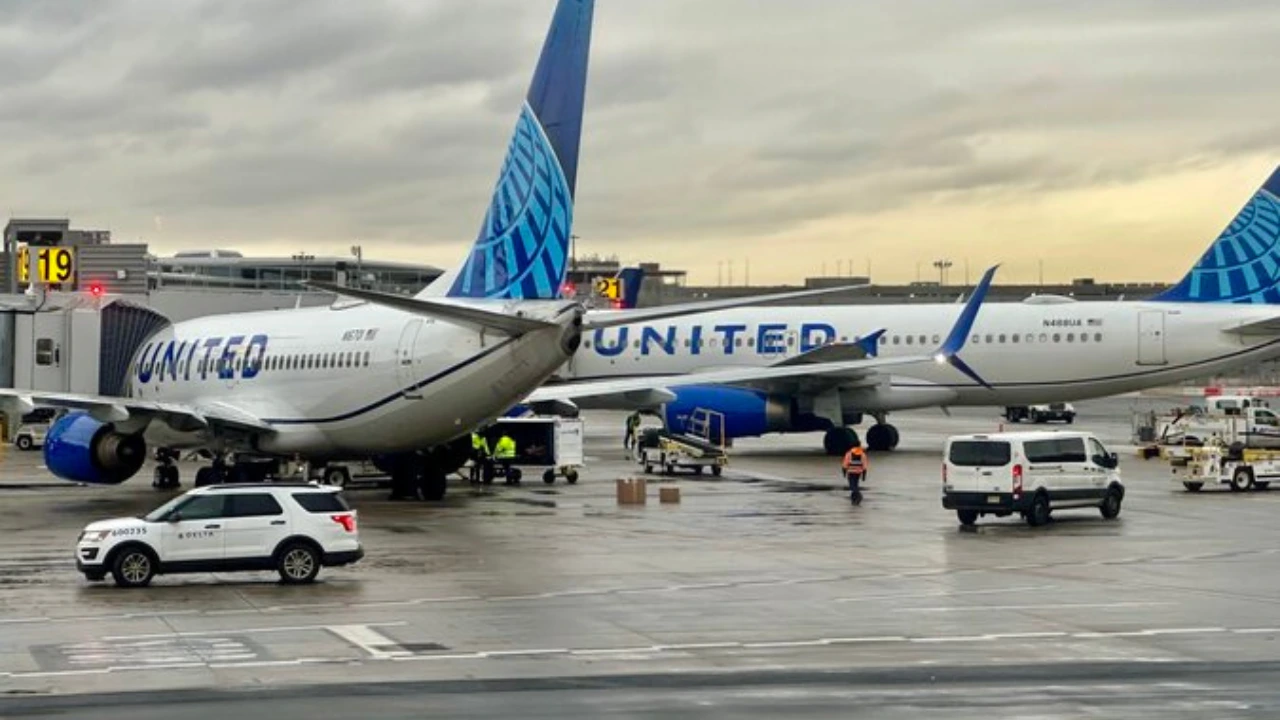U.S. Travelers Face Higher Airfares as Airlines Cut Seats—Here’s How to Save


U.S. travelers are feeling the pinch as airfare prices soar, with ticket costs climbing at their fastest pace in over a year, according to Reuters, citing data from the Department of Labor. While airlines like Delta, Alaska, and United forecast soaring profits, travelers are facing the consequences of reduced capacity and rising demand. Airlines, prioritizing profitability over market share, are cutting back on flights and raising fares, signaling that low-cost options may be a thing of the past. As delayed aircraft deliveries and maintenance issues continue to ground fleets, the era of cheap air travel appears to be over, at least for now. For those looking to navigate these price hikes, timing, flexibility, and savvy booking strategies will be key
Capacity constraints, due to delayed aircraft deliveries and engine inspections, have contributed to higher fares. Airlines have shifted focus from market share to profitability, resulting in slower domestic seat growth this year. Despite potential risks from escalating tariffs, strong consumer demand persists, especially among households earning $100,000 or more.
“Most airlines have increased their average selling fares,” said John Grant, senior analyst at travel data firm OAG. This shift marks a stark contrast from last summer, when excess seating capacity led to temporary airfare wars that briefly benefited consumers. Now, airlines are prioritizing profitability over market share, making high fares the new normal.
Why Are Ticket Prices Rising?
Several key factors are driving the current airfare surge:
- Limited Seat Availability: U.S. airlines have significantly slowed expansion, making 2025’s domestic seat growth the lowest in at least a decade.
- Aircraft Shortages: Supply chain issues and aircraft maintenance delays have grounded fleets. Ongoing problems with Pratt & Whitney engines, for instance, have left some European carriers with 10% of their planes inactive.
- High Travel Demand: Households earning over $100,000—who account for 75% of U.S. air travel spending—continue to prioritize trips despite higher costs.
- Profit-Driven Strategy: Airlines are pulling back on unprofitable routes and focusing on pricing power. United Airlines CEO Scott Kirby recently stated that “the pullback in flying by U.S. carriers is here to stay” as airlines focus on the most lucrative markets.
With the International Air Transport Association (IATA) forecasting a 15% increase in net profit per passenger for North American airlines in 2025, travelers shouldn’t expect relief anytime soon.
How to Avoid Overpaying for Flights
.jpg)
With airlines charging more for fewer seats, budget-conscious travelers must be proactive. Here are some key strategies to save:
- Book Early: Fares typically rise as departure dates approach. Buying tickets 6-8 weeks in advance can yield the best deals.
- Be Flexible with Travel Dates: Midweek flights (Tuesdays and Wednesdays) tend to be cheaper than weekend departures.
- Use Fare Alerts: Set up price tracking on Google Flights, Skyscanner, or Hopper to get notified of price drops.
- Explore Alternate Airports: Flying in and out of smaller regional airports can sometimes yield lower fares.
- Mix and Match Flights: Booking two one-way tickets instead of a round-trip fare can sometimes save money, especially when using different airlines.
- Leverage Stopovers: Direct flights tend to be more expensive; booking a flight with a layover can sometimes cut costs significantly.
- Redeem Miles & Points: If you have airline miles or credit card rewards, now is the time to cash them in before prices climb further.
What’s Next for Travelers?
Despite rising costs, travel demand remains strong. Airlines show no signs of returning to the low-fare battles of the past, making it critical for travelers to plan ahead. While some analysts warn that potential trade conflicts or inflation concerns could impact spending habits, others believe airfares will remain high throughout 2025.
For now, the best way for travelers to save is to stay flexible, act fast on deals, and make the most of available booking strategies. The days of cheap flights may be gone but smart travelers can still avoid overpaying.








